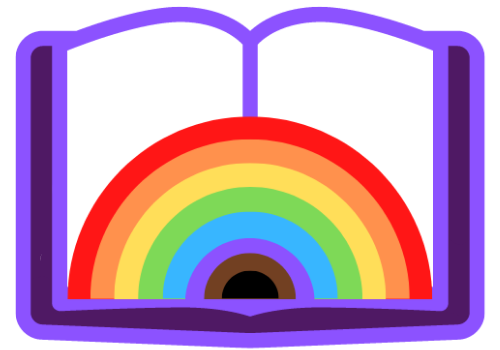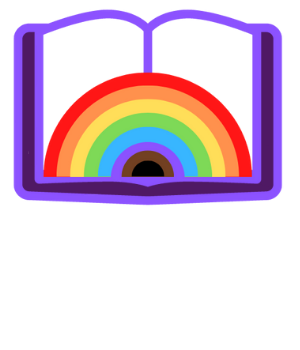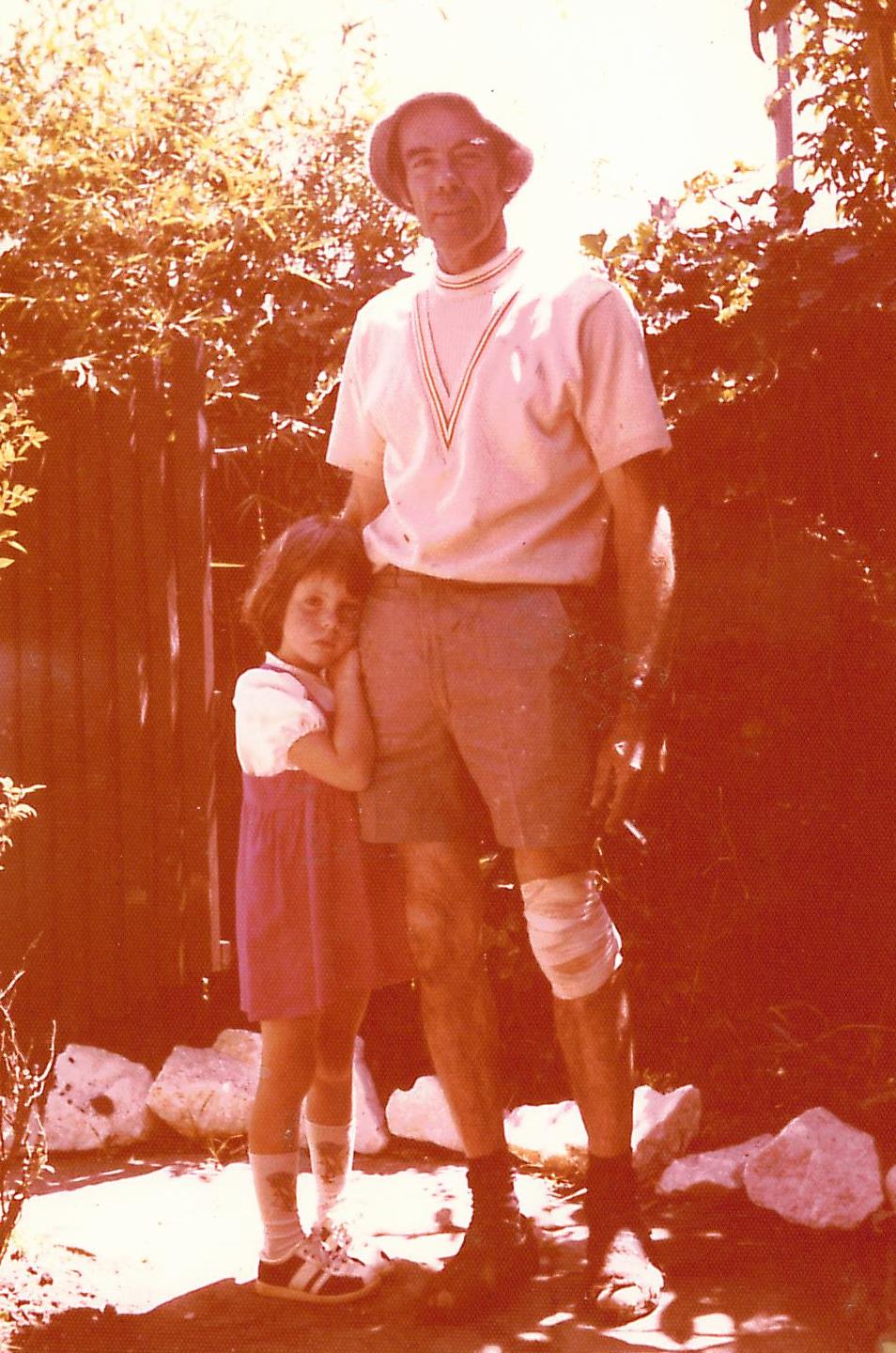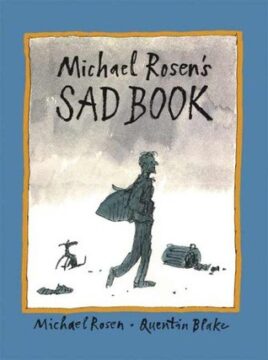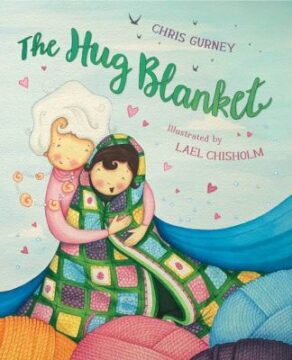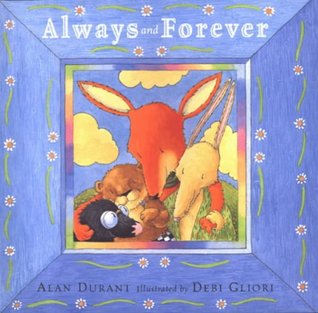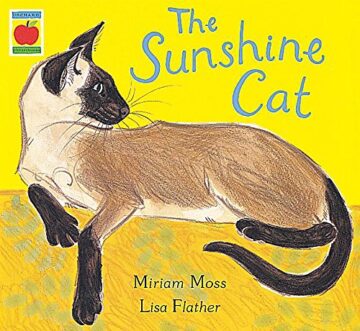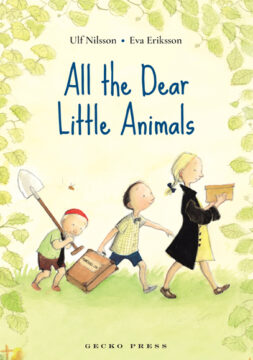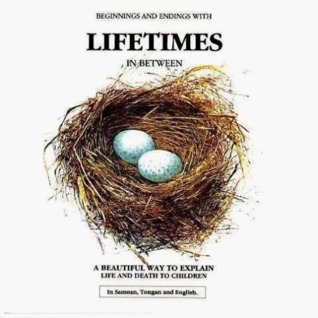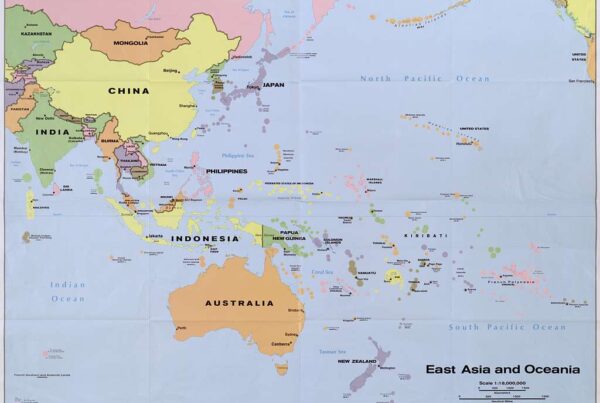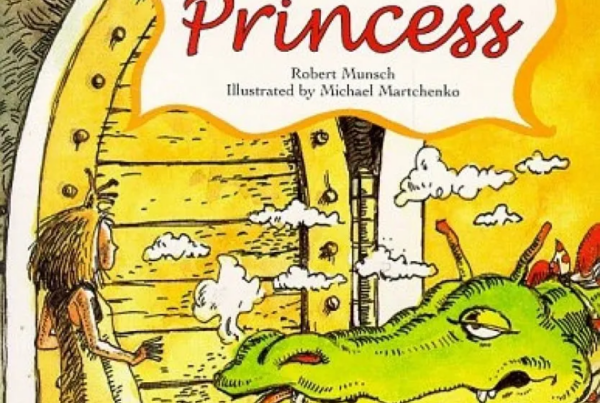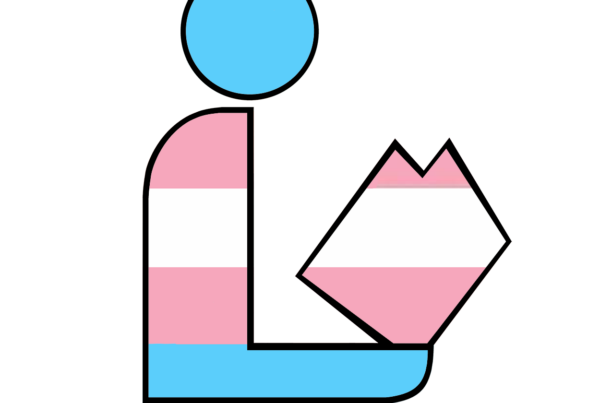CONTENT WARNING: death and grief.
In the dim, distant days of studying for my MLIS we had to complete a research project. When I did it, one of our options was an annotated bibliography.
Yes, it was seen as a ‘cheat’ way out — the easy option. But, when you’re working fulltime, you do what you can.
I decided to compile a bibliography on books about death and grief for children and teens, and the adults helping them. If you are interested, and have the patience, below the books is the (long and self-indulgent) story of my journey to creating my blog A Loving Left With Me.
There are over 350 books listed on my blog. It was an incredibly hard task to reduce them down to just the ones I’ve highlighted in this series of posts, let along the few below.
If you have any recommendations — let me know!
How I ended up reading hundreds of books about death and grief.
There are many steps along the path.
I was working as a children’s librarian in a semi-inner city, well-off suburb.
A friend to many of my storytime attendees drowned. They were four years old. They were a twin. They drowned in a family pool.
It was incredibly tragic. And the community had a group of preschoolers trying to comprehend what had happened.
It reminded me of looking after, and talking to, my then four-year-old niece when her paternal grandfather died. She had it all sorted. Her grandad was in that box. It was a little box for a big grandad. She knew what was going on…. But, months later, she wanted her grandad dug up so she could play with him again.
I thought back to how we, as a family, dealt with the dying of my paternal Nana. She had been moved into my parents’ house. We were (almost) all around her. I’m glad I was still living at home, so my boyfriend and I had our own beds to sleep in. Almost everyone else slept in the lounge, on mattresses.
Nana died in the early night, surrounded by family. I was downstairs, in the pool room, playing with my paper dolls and keeping my nieces busy. My boyfriend told me the news. I gathered up my girls and we visited Nana.
My other Nana was there, laying out the body. She set the children on missions: coins, a toilet roll, a tea towel. She explained what she was doing and why. What happened, physically, to a body when they died. What death was. She let the children touch Nana. To hand her the toilet roll, to put under Nana’s chin, so her head was held up; the tea towel, to wrap around Nana’s head so her jaw didn’t fall open; the coins to stop her eyelids opening. That these were all natural processes, and there was nothing to be afraid of. (Until the oldest nephew told ghost stories in the lounge, so the youngest nephew — aged four-ish — moved his mattress and slept across the doorway to Nana’s room. If Nana turned into a ghost, he was determined to be the first to know about it.)
These are some of the steps that led me to choose to do an annotated bibliography on books about death and grief, aimed at children and teenagers, and non-fiction guides to adults dealing with these groups.
My supervisor was a marvel, I met her at an on-campus visit. My friends went to the nearby pub, to wait for me. My supervisor and I clicked — a shared love and passion for children’s books will do that. So, my friends were quite well-gone by the time I appeared — hours, rather than minutes, later. I mean, HOURS.
Her collection was reference only, and wasn’t to leave the building. But, she couriered me books that I couldn’t source elsewhere. There was no interloaning of children’s material, which made life tricky at times. I read hundreds. I took my computer and modem up to my parents’ place (they’d moved Up North by then) to just read, read, read. And…
Life — and death — continued its cycle.
My maternal Grandad was dying.
I am grateful to have been working at that community library, with a manager who was incredibly supportive. To this day, I don’t know what she did, or what leave she put down — but I was paid my full salary during the weeks I was at work part-time.
I would come to work Monday, Wednesday and Friday mornings and do storytime. I’d stay later on a Friday to prep for the next week. Then, I would catch two buses to the rest home. Sometimes, I would catch two buses to get home and sleep. My manager said I didn’t have to come in. That they would find someone to do storytime. But, I needed that joy — those connections — my storytime kids. That was May.
Then my maternal Nana died. She was determined to not live a year after her husband died. She died of pneumonia (on the death certificate) — but, really, of a broken heart. This was July.
The year turns.
It’s December and Dad isn’t right. February — and he’s really not right. He put it down to a pulled shoulder. But no osteopath or chiropractor worked.
March — and I tripped over and ended up with stitches in my knee. I couldn’t work. So, my flatmate and I went Up North to stay with my parents. As I needed my dressing changed daily, it was the perfect opportunity to drag Dad into the doctor’s. You know: while we’re here and Anne’s seeing the nurse, why don’t you get the doctor to check that shoulder out.
By the end of May, he was gone.
And we were bereft. My Mum had lost her identity — within less than three years, she wasn’t a daughter anymore; wasn’t a wife/partner/lover. She was alone. And living hours from any of her children.
I had done reading about this. A lot of reading. I told her that she didn’t need to make big decisions. That she could visit and stay with me and my flatmate as much as she needed. There was a room for her. To think, and grieve, and take her time. We’d talk about it in a year.
Many years later — 20 this year, since Dad died — Mum lives with me. She has done, off and on, since then.
We’ve had other deaths. Other bereavements. Other losses to grieve over.
What it has taught me is: That the best path is not to sugar coat, but not to cause offense either.
That I am really not a fan of euphemisms. I have to remember that others find the words ‘died,’ ‘dead,’ and ‘death’ affronting, so I have to remember to say things like ‘passed away’ or ‘lost.’
That children are amazing. That they need to understand — and not be confused by euphemisms. That sayings, aimed to keep the reality of death at arm’s length, can be upsetting for children. Having someone tell you ‘God wanted them / took them’ doesn’t feel reassuring to a lot of people. And telling a child that someone (or something, in the case of a pet) has fallen asleep and won’t wake up — how does that reassure children that it’s safe for them to fall asleep? What if they don’t wake up?
From the moment my printed bibliography was completed and submitted* (for which I received an A+), I knew it needed to grow. That I needed to keep it up-to-date. And that it needed to be available to more people. There was a need out there — that’s why I’d done the research in the first place — but how to get the information out?
We investigated publishing on a CD-ROM (yes, it was years ago!) But that went nowhere.
I did my best to put it all on a tripod site, but it was ugly and not very functional — and I can’t remember how to log in now, anyway.
For years it ate away at me. But I wasn’t always in the right mental headspace to do anything more. One day, I decided on a blog. I already had a personal one, and I’d worked on collaborative ones over the years. It felt that blogging was going to let me — almost — create the thing I’d wanted: a way to share the books widely; to have tags that worked, so people could look at books for the age the wanted — or the subject they needed.
And now, here we are. I haven’t updated it as often as I should. I have added picture books more than anything else. But, again, protecting my own mental health is a real thing. Reading too many books on this topic, when you feel fragile — when it is your reality — is hard work.
*More indulgence: here’s the permalink to the catalogue record.
Ngā mihi nui (a big thank you) for reading this far.
~ Anne.
